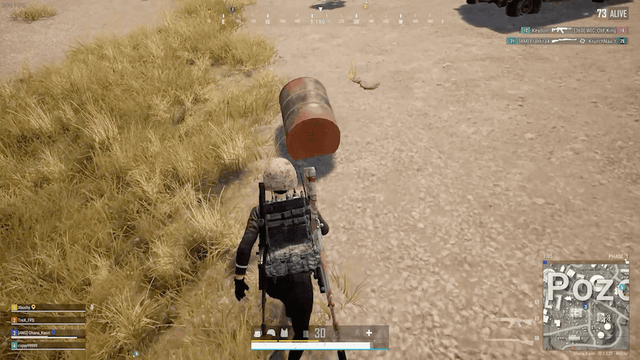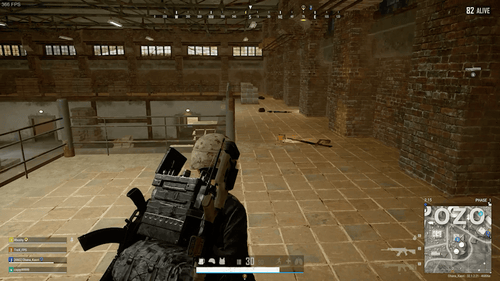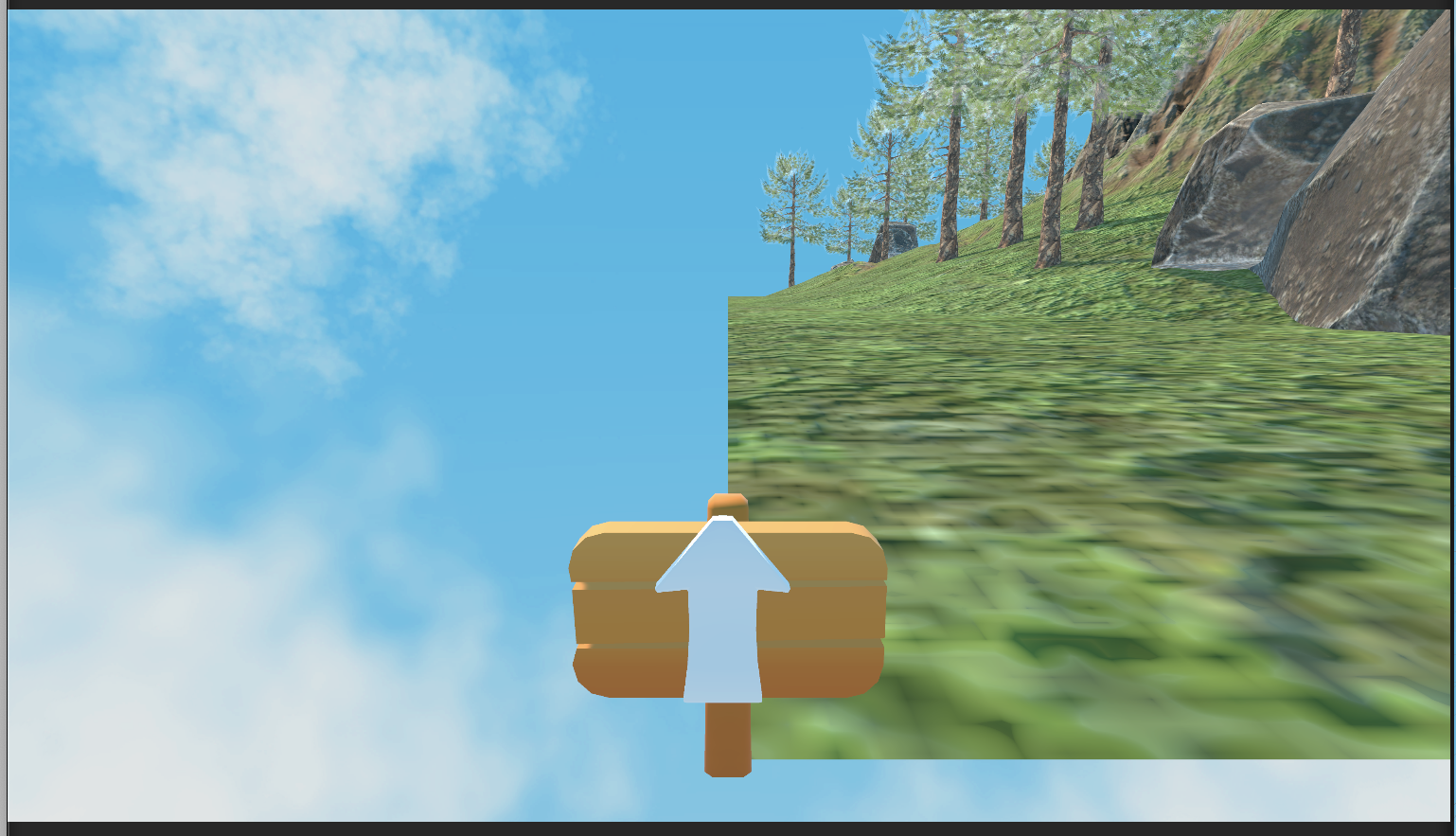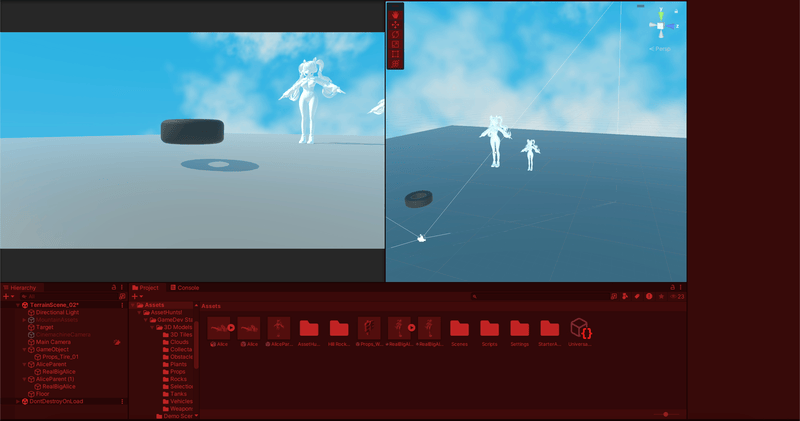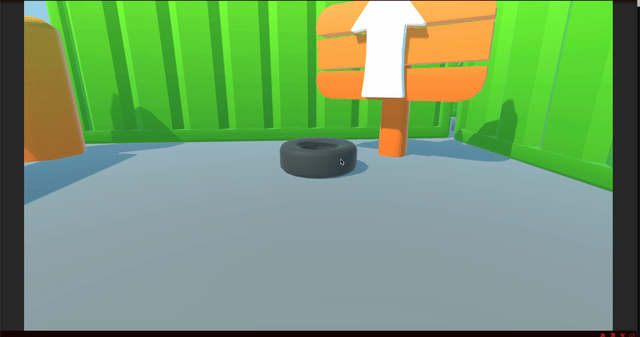Vaulting Tire
Reversing the Hierarchy Between Human and Non-Human Objects
Whenever we play video games, we're usually given a human avatar to control, while non-human objects are simply things to interact with.
I’ve long been inspired by PUBG, especially its signature vaulting (parkour) system.
This mechanic allows players to creatively interact with numerous non-human objects in the environment, opening up a wide range of tactical possibilities.
While the vaulting animation appears convincing when the character climbs over wide rectangular objects—as it was originally designed for that purpose—it becomes less intuitive when applied to narrow objects, such as beams that resemble tightropes. In those cases, the character still performs the same wide vaulting motion, which reduces physical believability.
Through this, I aimed not only to reverse the hierarchy between human and non-human objects, but also to reveal how the game engine—though often praised for realism—constructs a world of "simulated realism" that may subtly defy our real-world intuitions.
Furthermore, I initially attempted to implement the vaulting mechanic using Unreal Engine 5—a tool I had never worked with before.
However, due to repeated crashes and unexpected delays, I decided to switch to Unity, a platform I’m more familiar with, in order to meet the deadline effectively.
To emphasize the reversed hierarchy and streamline development, I imported a free MMD Anime-style character model into the Unity scene. I also incorporated various free background assets to complete the environment.
While I created appropriately sized collision boxes for many of the objects, I intentionally adjusted some to deviate from the actual scale of the 3D models—highlighting the difference between in-game physics and the laws of our real world.
Full Footage
Throughout the development of this simulation, I encountered numerous unexpected errors and trial-and-error moments.
However, these challenges ultimately helped me create a more efficient and intuitive piece. As I worked on the project, I realized that most game media we consume are fundamentally human-centered, and even the most "realistic" virtual worlds carry their own limitations.
Still, I gained a deeper appreciation for the immense effort creators put into bridging the gap between reality and simulation. Exploring and subverting the relationships between human and non-human agents turned out to be both insightful and unexpectedly enjoyable.

